Becoming a sustainable and more eco conscious traveler is easy. As many countries relax their travel entry restrictions due to the declining rate of COVID cases, many of us are starting to plan international travel with family and bring more normalcy to our lifestyle.
Parallel to this growing pent-up demand for travel, awareness about climate change continues to heighten. The most recent Global Climate Summit, COP 26, which was held in Glasgow Scotland in 2021 reminded us of the urgency of climate change and the impact of global warming.
With this in the forefront of many people’s minds, some of us can’t help to think about how important it is for us to do our part in contributing to reducing our carbon footprint. This extends to how we travel. Many businesses in the travel industry are continuing to transition towards more sustainable services from airlines to hotels. They are working to do their part to promote an eco-friendly way of doing business.
In the meantime, consumers can do their part by being aware of the choices they make when traveling. Here are 10 tips on how to become a more sustainable traveler.
1. Choose a transportation mode that has less carbon emissions
In 2019 (pre-pandemic), we produced about 915 million tonnes of CO2 worldwide through flights. Aviation is responsible for 12% of the total carbon emissions from all transport sources while automobiles account for about 74%. When planning your next travel adventure, you might want to review how your chosen mode of transportation will impact the environment.
While a low carbon emission vacation like rowing a canoe or riding a bike may not be the most ideal or practical mode of transportation, consider the overall impact of all your planned vacations for the year and perhaps make some adjustments with this in mind.
2. Bring Your Own Reusable Toiletry Containers or Bottles
An easy way to be more sustainable in your travel is to replace any plastic products you already use as part of your travel kit, like containers and toiletries, with eco-friendly ones made of glass or bamboo. When traveling, bring your own reusable, refillable containers for your liquids like shampoo, conditioner, lotions and shower gel. If the hotel offers bulk liquid hair products, just refill your containers with them.
If you find plastic toiletry kits offered at the hotels you are staying in, don’t use them or take them. Using and taking them contributes to the plastic pollution problem because they end up in the landfill. If you use the liquid partially, they will get discarded by housekeeping. So, resist using these even though they are free to take.

3. Choose a hotel or accommodation who are part of the Green Key program
If you want to support hotels and resorts that practice sustainability, consider looking up which hotels are part of the Green Key program.
This sustainability program certifies hotels and resorts as being green. In order to be certified, hotels must adhere to the sustainable policies like being more efficient with energy use, reducing waste and saving water.
Over 1500 hotels in 15 different countries ranging from 3 – 5 star level participate. Some well known brands like the Fairmount Group, Holiday Inn, Marriott, Radisson, Coast Hotels and The Sheraton are members. These hotels are certified and audited each year to ensure they are following sustainable guidelines set by the Green Key Program.
4. Replace your personal care products with biodegradable ones
From toothbrush to dental floss and toothbrush travel case, replace your plastics with eco friendly bamboo material. Bamboo is an eco-friendly, 100% biodegradable and renewable product that is compostable. They are also BPA free, anti-bacterial and lightweight so they are non toxic, safer and fit easily in your carry on.

5. Don’t Accept Single Use Plastic Products
You may be given non biodegradable styrofoam or plastic containers for things like coffee cups, stir sticks, straws, cutlery and food containers. Although you can’t change what the hotel or restaurants choose to use, you can decide to find alternatives. Consuming or using these products makes you a contributor to the plastic waste problem so don’t use them.
Here are some options you can choose to take:
- Bring your own reusable flatware (stainless steel or bamboo)
- Ask for biodegradable flatware, cups or cutlery if they are a green hotel
- Ask for stainless steel flatware or dinnerware that they use at the restaurant if you are doing in-room dining
- Eat at the restaurant and only order what you can consume so as to minimize the need to use containers to take back to your room

6. Be Conscious of Your Water and Energy Use
Showering once a day may be a necessity but using a new towel for each shower is not. You may find signs at your hotel about being conscious of water use and reducing the housekeeping changes to a minimum. This includes minimizing the number of times housekeeping replenishes items you use in your room including laundering towels. Frequent changes of bed sheets and towels requires water use that isn’t necessary. To truly practice sustainability, keep these changes to a minimum.
If you are leaving the room, turn off all the lights and reduce the amount of energy being used including any electronics plugged in and left on while you are away. During the day, use natural light as much as possible and don’t turn on the lights if it’s not needed. These are just simple things to keep in mind that help the hotels remain sustainable.
7. Recycle your trash
Many of the hotels have two types of bins in their hotel rooms – garbage and recycle. Whatever can be recycled like recyclable containers, paper products and cartons should be separated and placed into the blue bins so it can be handled properly by those who have to sort through the trash. At the very least, this helps us minimize the amount of trash that ends up in the landfills.
These are some of the simple things to do when you are traveling to help reduce your carbon footprint. Finding alternatives to taking an airplane for global travel may not be practical but at the very least, you can find other ways to curb your use of plastics, to save energy and water use and to recycle whenever you can.










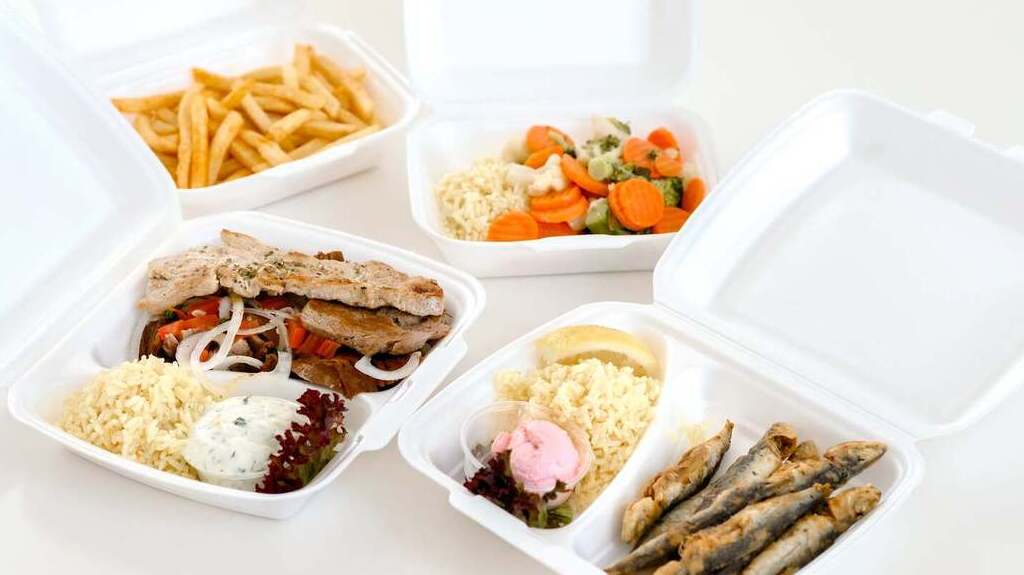

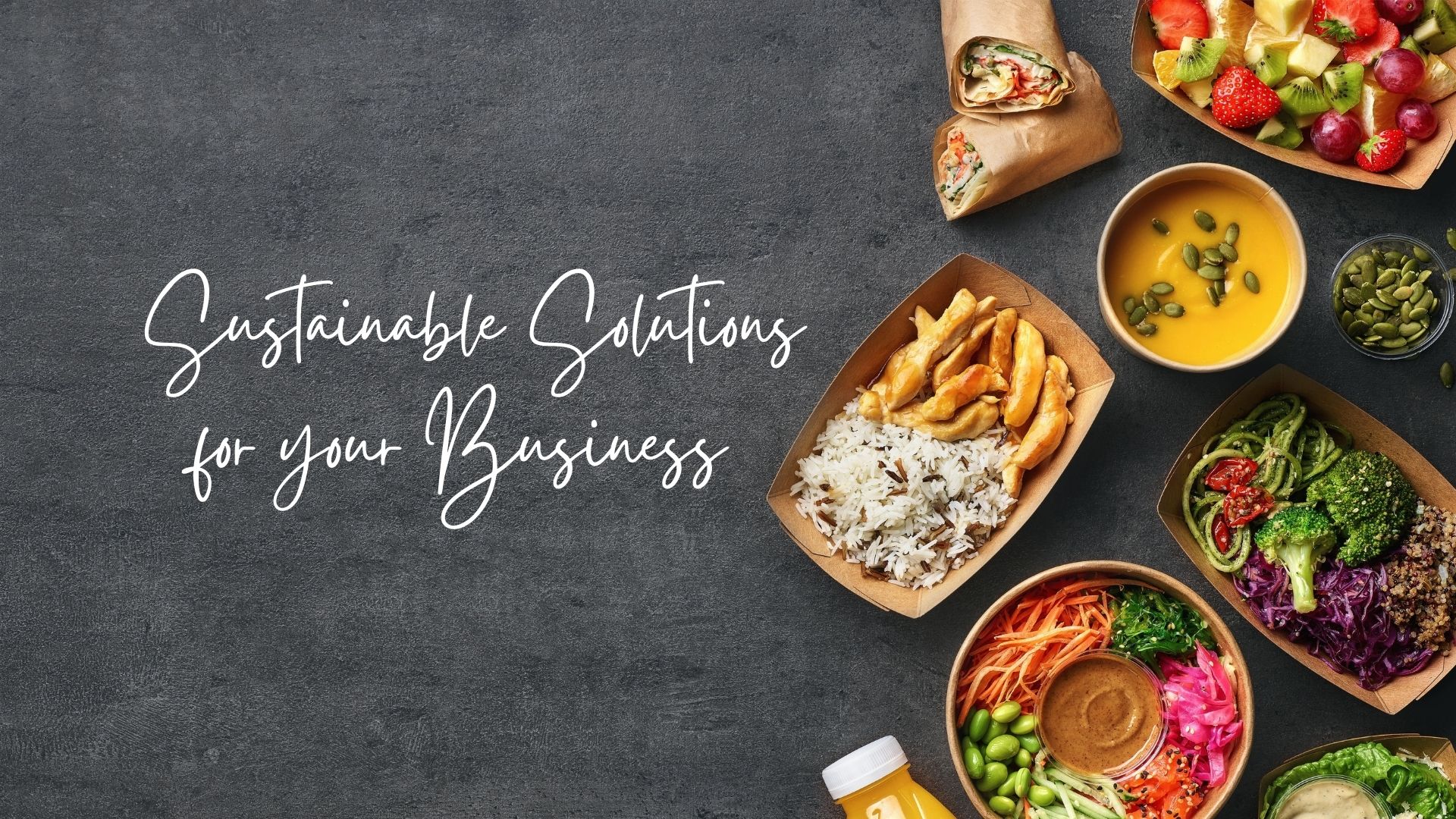

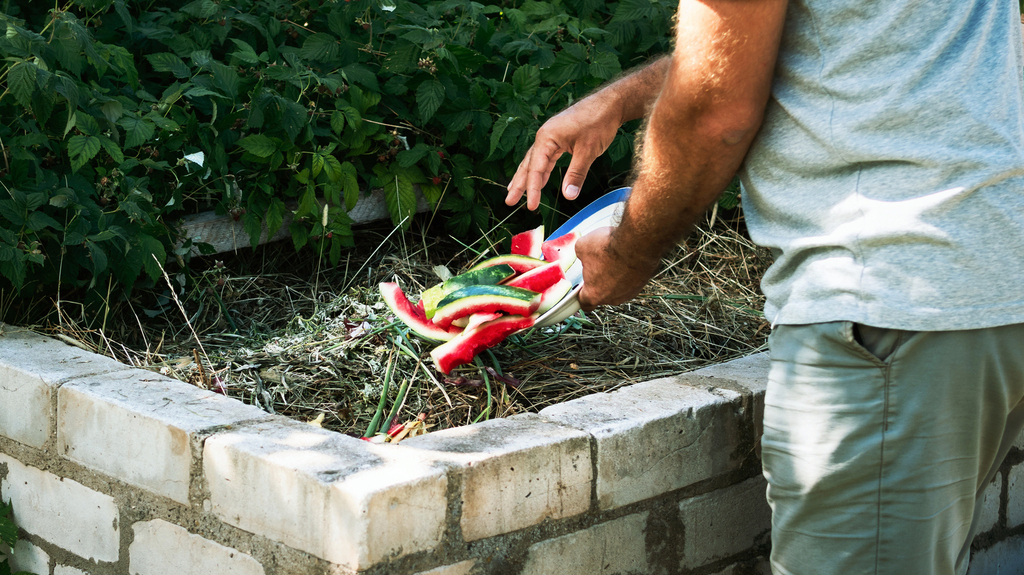
 6. Use Cloth for Clean Ups
6. Use Cloth for Clean Ups

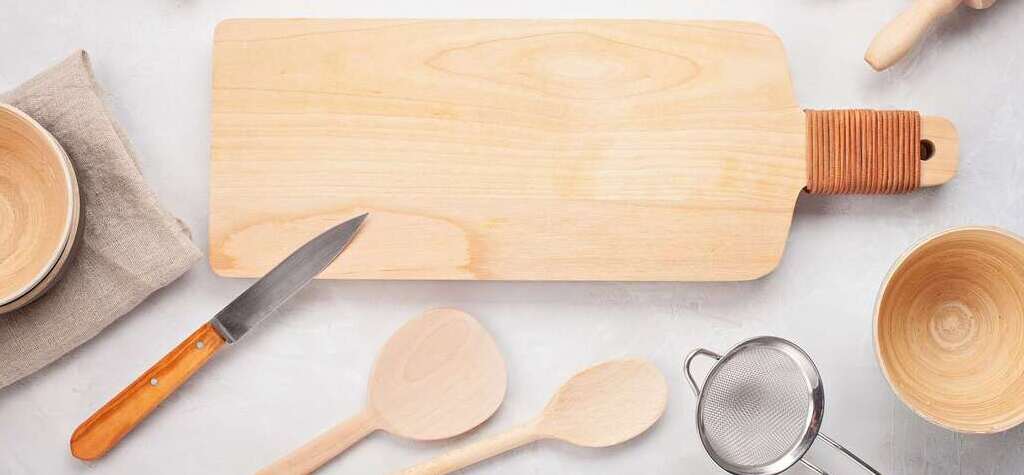




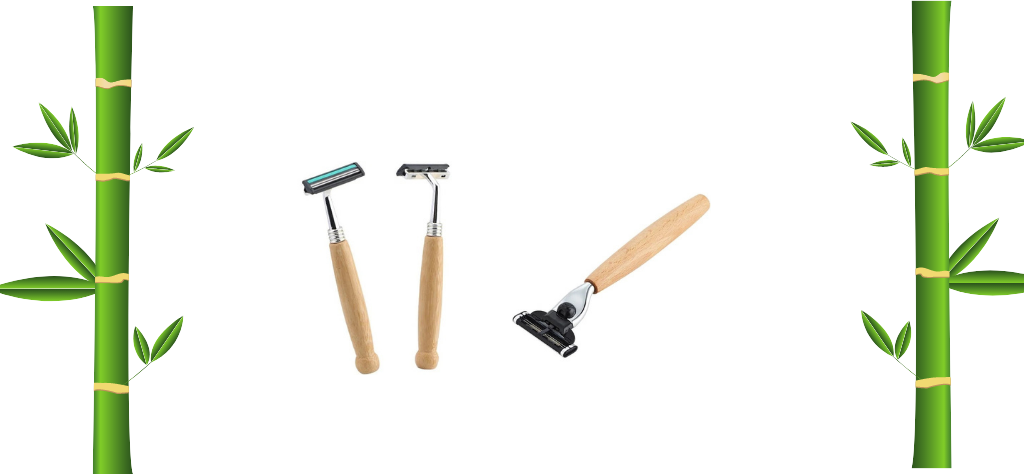


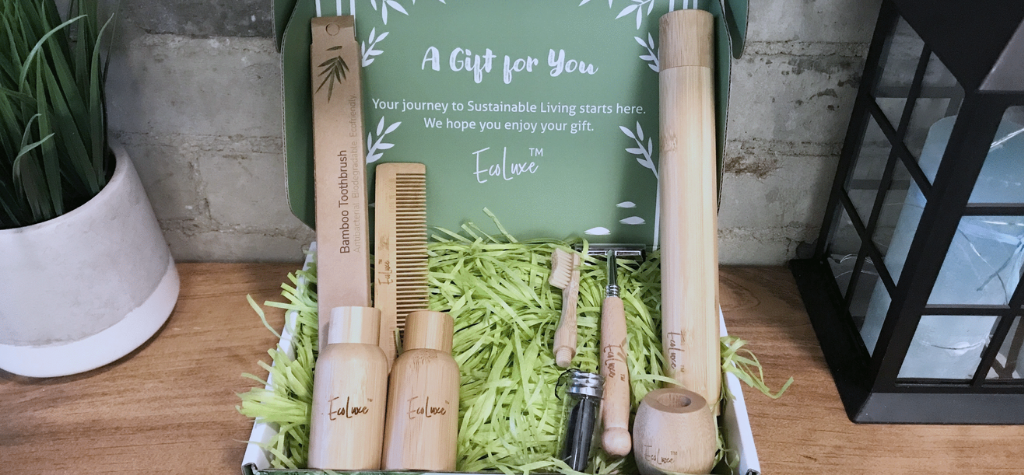

 3. Recycle and Reuse Office Supplies
3. Recycle and Reuse Office Supplies 5. Choose Sustainable Kitchen Products
5. Choose Sustainable Kitchen Products











 Plastic Toothbrushes Contribute to Climate Change
Plastic Toothbrushes Contribute to Climate Change  5 Reasons why Bamboo is the Perfect Ecofriendly Alternative to Plastic
5 Reasons why Bamboo is the Perfect Ecofriendly Alternative to Plastic  Consumer Attitudes have Harmful Impact on the Environment
Consumer Attitudes have Harmful Impact on the Environment  3 Industries that Cause a Negative Impact on the Environment Today
3 Industries that Cause a Negative Impact on the Environment Today  Plastic Pollution Caused by Single Use Hotel Supplies
Plastic Pollution Caused by Single Use Hotel Supplies